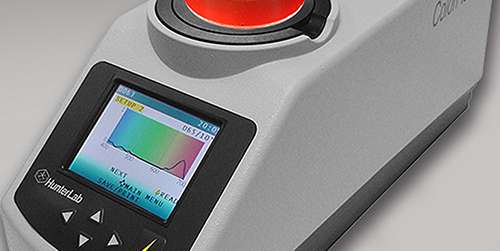
The bright red color of the tomato can tell us a lot about quality and nutrition.
Color terminology has been changing; what we once called red is now referred to as magenta. Well, you know how the song goes: “you say tomato; I saw tomahto.” However, when it comes to color there is only one standard by which to abide.
Colorimetric scores are an important component for quantifying color in order to create the measurements needed to relate product quality to a grading scale. These scores have been developed through extensive research and analysis of tomato products at various stages of production to ensure color consistency and maturity. Various colorimetric methods and spectrophotometers have been used to revolutionize the tomato industry and lead to higher standards in all tomato-based products.
The importance of color measurement in tomato products
Research has shown that color plays a huge role in consumer tastes and choices. Tomatoes especially are prized for their intense red — I’m sorry, magenta color. While how we pronounce a color doesn’t really matter, how we perceive it most certainly does. The brilliant hues of red in tomato products serve as an important gauge of the ripeness and flavor of the fruit. The intensity of red color is also an indicator of the amount of lycopene in a tomato, and it is important to measure for this valuable antioxidant it provides. The more mature the tomato fruit is, the stronger shade of red it exhibits and the higher levels of lycopene it possesses. This serves to show why the color grade of the product is of utmost importance in the tomato industry.
There is an objective colorimetric standard scoring system to determine product maturity and quality. Image source: Flickr user Richard Leeming

